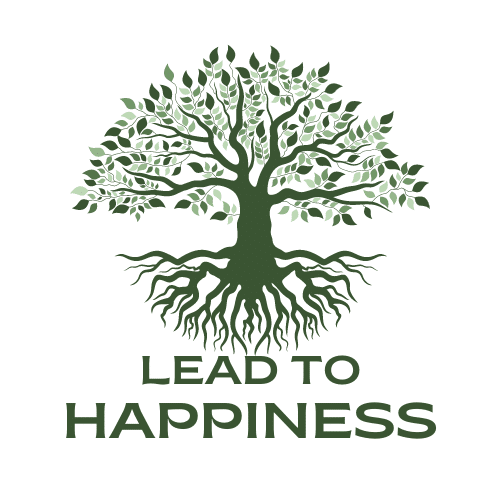We’ve all done it: you hop out of a late-night shower, too exhausted to blow-dry, and collapse into bed with damp strands, whispering to yourself, “It’s just hair… what’s the worst that could happen?”
Well, it turns out — quite a bit.
Over time, our harmless-seeming habit of sleeping with wet hair has collected a lot of myths and misconceptions, passed down like bedtime stories with no happy ending. Let’s unravel the truth — one wet strand at a time.
❌ Myth 1: Wet hair gives you lice
Reality Check:
Nope. Not even close.
Lice are clingy little parasites that don’t care if your hair is wet or dry — they only care about contact. You get them by sharing things like combs, hats, or pillows with someone who already has them.
Your damp hair isn’t a beacon for bugs, but sleeping next to someone with lice? That’s another story.

❌ Myth 2: It’s harmless — it’s just water!
Reality Check:
Water is harmless.
Wet hair, left untreated overnight? Not so much.
When you go to bed with soggy strands:
Your scalp stays damp for hours, creating the perfect environment for bacteria and fungi.
Conditions like dandruff or seborrheic dermatitis can get worse.
Hair becomes weaker, more elastic, and prone to breakage, split ends, and that dreaded morning tangle.
In other words: that innocent bedtime habit? It’s quietly wreaking havoc on your hair health.
❌ Myth 3: Air-drying overnight is better than using a blow dryer
Reality Check:
You’re trying to protect your hair from heat damage — that’s great. But leaving it wet all night is a different kind of damage.
Hair is at its weakest when it’s wet. And keeping it that way for hours:
Weakens strands.
Upsets the scalp’s natural balance.
Leaves you with more frizz than fabulous.
The fix? Towel-dry with microfiber, then use a blow dryer on low heat or cool setting. Your hair will thank you — and still look salon-worthy in the morning.
❌ Myth 4: It only matters if you have long hair
Reality Check:
Whether you rock a pixie cut or Rapunzel locks, your scalp is still at risk.
Fungus, irritation, and breakage aren’t picky. The length of your hair doesn’t protect you from overnight dampness. Short hair breaks too — and an itchy scalp isn’t cute on anyone.
❌ Myth 5: Tying up wet hair keeps it neat and protected
Reality Check:
It might seem like a quick fix — but it’s actually the fast track to breakage.
When wet hair is pulled into a tight ponytail or bun, the extra elasticity causes strands to snap under pressure. Add 8 hours of tossing and turning, and you’ve got a recipe for damaged roots, tension headaches, and even long-term hair thinning.
✅ So what should you do if nighttime showers are your thing?
You don’t have to give them up — just get a little smarter with your routine:
- Microfiber towels are your best friend. They’re gentle and absorb more water.
- Dry your hair 80% before you hit the pillow.
- Sleep on a silk or satin pillowcase to minimize friction.
- Leave your hair down or in a loose braid — never tight, never damp.
Sleeping with wet hair won’t curse you with lice — but it might quietly sabotage your scalp and strands over time. Myths may be comforting, but facts?
Facts help you wake up with healthier, happier hair.
And let’s be real — your hair deserves better than a midnight moisture trap.

